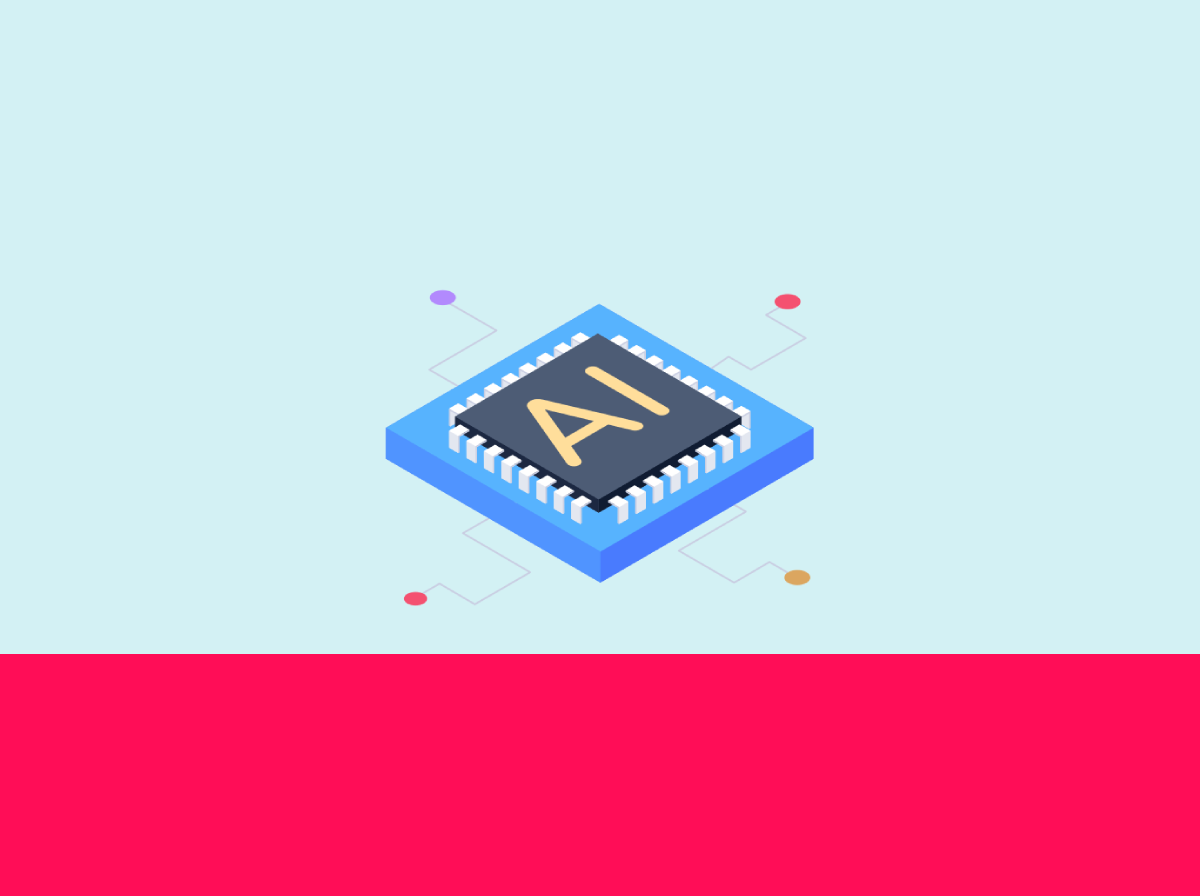These viral images coincided with the launch of a new AI tool, ChatGPT. A program developed by company Open AI, now owned by Microsoft, and incorporated into the Bing search engine, became one of the most rapidly adopted platforms in recent years. In January 2022, it reached over 100 million monthly users worldwide before being eclipsed by Meta’s Threads app. ChatGPT is the most advanced AI language model in operation. With simple prompts, it can generate poetry, reports, software code, or detailed analyses of complex issues.
This has since triggered several lawsuits against Microsoft (MSFT.O), Meta Platforms (META.O) and Stability AI, who are being put on notice by writers and authors challenging these tech giants with copyright infringement class-actions over the unauthorised use of their work to train ChatGPT.
The viral moments AI enjoyed earlier in 2023 spoke to the rapid emergence of these innovative technologies. While AI software and machine learning have been around for years, 2023 has undoubtedly become the year in which these programs became mainstream — and the year in which companies, governments, organisations, and consumers have become both concerned and open-minded about the future AI technologies may bring.
While AI software and machine learning have been around for years, 2023 has undoubtedly become the year in which these programs became mainstream.
AI brings concerns, but opportunities abound
The fear the public has regarding AI is understandable. Stories often emerge suggesting that AI will take everyone’s jobs, and that a world in which humans are unemployable is just around the corner. But the truth is that all rapid technological advances, though disruptive, have typically been beneficial for workers and for economies. This is because it is through technological innovation that economies become more productive and prosperous.
Productivity in Australia has been lagging for many years. Productivity is a formal measurement of how much output is generated from each hour worked, and in recent times, it has flatlined. Productivity is not only good for businesses, but it is also essential for increasing living standards in any economy. A productive economy creates more for the same number of hours worked, providing increasing quality and quantity of goods and services for cheaper prices.
As productivity has stalled in Australia, there have been fears that living standards will also go backwards. While there is no panacea to the productivity challenge, innovative technology, such as AI and machine learning, promises to help businesses and individuals become more productive — producing more for less — to the overall improvement of the economy.
With many businesses now looking to AI to streamline their operations and increase productivity, focusing on making administrative processes more efficient is a clear win-win for brokers and their clients. The fact is, that embracing AI technology is no longer a choice for the insurance industry, it is a strategic necessity. For brokers, the automation of data collection and transfer will be a critical enabler, allowing them to focus on personal interactions that deliver value as trusted business advisors. For insurers, the application of AI and machine learning to policy administration systems and its ability to deliver insights from enormous databases presents significant opportunity to improve broker and customer experience and free up capacity to focus on strategic innovation.
There is no doubt that in a more complex, rapidly changing world, the role of insurance brokers has risen to the fore. Increasing numbers of customers are engaging their services to help them understand and mitigate risk and navigate rising insurance premiums. Automation of back-end systems and clunky processes will create further opportunities for brokers to invest in their professional development, equipping them with the skills to guide their clients through this uncertainty.
“Fundamentally we are an industry driven by relationships. Empathy for clients and understanding their challenges is critical. By combining these skills with professional qualifications, and leveraging advancements in technology to improve processes, people are better positioned to service their client’s needs.”
– Tim Mathieson, CEO, QIB Group
There have always been fears that emerging technology will cost people jobs. But economies are always evolving. Just as we rarely see typists working in secretarial pools today, in decades to come, many of the daily functions of the worker of 2024 may be replaced by advanced technology. This will lead to change but also result in new occupations and opportunities we cannot yet imagine, potentially redefining industries.
There are many upsides to AI in the insurance space
Of all the industries that stand to benefit from the widespread adoption of advanced technologies such as AI, insurance is certainly among them. Insurance relies on advanced risk analysis performed by actuaries and has a direct customer relations function with large numbers of customers and claimants.
There are boundless opportunities in the insurance industry for AI to positively disrupt the status quo. From a risk assessment perspective, advanced modelling backed up by machine learning and AI promises hyper-localised risk assessments based on real world big data analysis. From a customer service perspective, AI tools such as chatbots, or image recognition, can expedite the claims process, potentially making claiming insurance easier, quicker, and more accurate.
“This technology creates a paradigm shift for our people, enabling high-speed innovation, away from previous tech and process dependencies.”
– Timothy Rafton, EGM, CGU Claims
The potential to radically transform claims experience and processes is now a reality within CGU, with AI technology already deployed to rapidly assess and consolidate complex information (such as builder’s reports and policy wordings), efficiently execute high volume document loads, and better inform decision-making by staff. Manual Quality Assurance processes that sit behind higher than acceptable leakage rates will soon be a process of the past. Audit teams empowered with AI technology at their fingertips can expand claims and supply chain audit samples from about 1% to as much as 80% – 90% once Smart Audit AI technology is fully implemented.
Why does improving claims leakage matter?
Solving high leakage rates benefits insurers, brokers, and customers by reducing higher than optimal claims settlements, which in turn can have an impact on premiums, and avoiding compliance breaches, improving customer experience outcomes. The implementation of Smart Audit AI has the potential to address three major leakage categories that account for 90% of settlement errors in home, landlords, and motor policies:
- Insufficient validation to confirm policy coverage.
- Insufficient claims assessments.
- Incorrect claims settlements.
By closing the most significant leakage gaps, AI can help insurers to save millions of dollars in costs across many payouts.
One of CGU’s most exciting claims simplification initiatives is the trial implementation of CASI, an AI chatbot that can instantly search, retrieve, and read PDS (Product Disclosure Statements) documents to help claims consultants to interpret policy wording sections and apply them to a claim. Completion rates that once were a lengthy, time-consuming process for claims consultants are now largely finalised within thirty minutes for more simple claims, not only preventing claims leakage but also enabling staff to efficiently manage high claims volumes.
The implementation of total loss prediction tools driven by AI presents significant upsides for customers’ motor claims. AI can quickly scan lodgement data and uses predictors to identify if the vehicle is a likely totally loss. If flagged by the AI tool as a total loss, the claims consultant is instantly notified, enabling them to rapidly engage the assessor and salvage yard to finalise the process. In some cases, AI has reduced the motor total loss process by up to nine days, simply by cutting out the wait time for assessments. The business benefits to improve process efficiencies and reduce leakage are obvious, but the human value of implementing AI technology within claims is its ability to positively support human beings’ ways of working. By providing and training AI tools as co-pilots, claims consultants are relieved of highly administrative, time-consuming tasks to focus on more meaningful interactions that deliver value to customers and brokers as consistent, high-quality results. Essential to an insurers’ promise to pay its customer’s claims is the consultant who offers a listening ear, empathising with the customer’s unique and often stressful situation. Yes, AI can exponentially improve processes and help to reduce operating costs, but it cannot replace our essential need for human connection during some of life’s most challenging moments.
Brokers are also adopting AI technology to streamline their business operations and bolster customer engagement. In discussion with broking leaders, the benefits of implementing AI solutions as an enabler in their operations are numerous. The ability to streamline and personalise customer communication presents significant productivity gains, allowing brokers to reach customers at more frequent intervals throughout their policy periods with informative updates about risk management, sums insured, the impact of reinsurance, and the risk of underinsurance.
“I do not see AI as a threat. I see it as a piece of technology that we can use to enhance our relationships moving forwards.”
– Shaun Standfield, Managing Director, Insurance Advisernet Australia
With Open AI literally ‘open’ to anyone with Internet access, the risk of brokers providing the same advice as what AI can generate for customers has the potential to erode their value proposition. The elevation of the role of brokers as a trusted insurance advisors is more important than ever. Brokers have a clear opportunity to demonstrate AI’s limitations in replacing the unique human-to-human relationship they share with their clients because it cannot replace the empathy and emotional intelligence required to understand the nuances of each client’s business and the unique risks they face.
More customers than ever are gravitating towards brokers for professional advice, seeking personalised service experiences throughout their policy journey. The value of a broker to support customers at the point of a claim, when they are at their most vulnerable, is a distinct point of differentiation. This is the moment when brokers shine as trusted insurance advisors whose service offering extends beyond products and price.
“AI will enable us to get a much more granular understanding of claims and to give feedback into products and pricing.”
– Willem Paling, Director of Consumer & Growth Analytics, IAG
But it is still early days. The adoption of AI by insurers and brokers presents genuine challenges. As with the widespread, unregulated proliferation of any innovative technology, the countless downsides and upsides for the Australian insurance market will continue to emerge as these technologies evolve.
Leaders and decision-makers must identify, address, and manage these downsides carefully. The utilisation of AI for decision-making has the potential to yield unlawful, immoral, and discriminatory results due to the obscured and untraceable nature of the decision processes. To regulate the risks associated with the use of AI, policymakers around the world have acted to implement policy responses and make recommendations. Unlike human beings who can exercise common sense and navigate moral and ethical contexts, machines operate in narrow domains. They will work relentlessly at a scale impossible to humans, but as an immature technology that is yet to be fully tested and completely understood, governance and guard rails are a necessary safeguard against adverse outcomes for the humans they are designed to support.
For insurers and brokers, understanding the difference between the human and AI decision-making flow of authority when implementing AI technology can help to identify control gaps, so effective monitoring mechanisms can be implemented as part of their overall governance framework.

